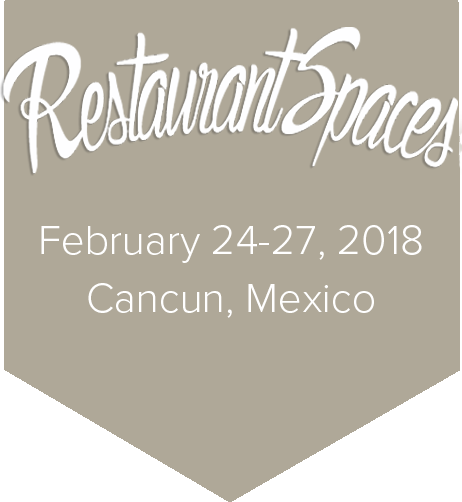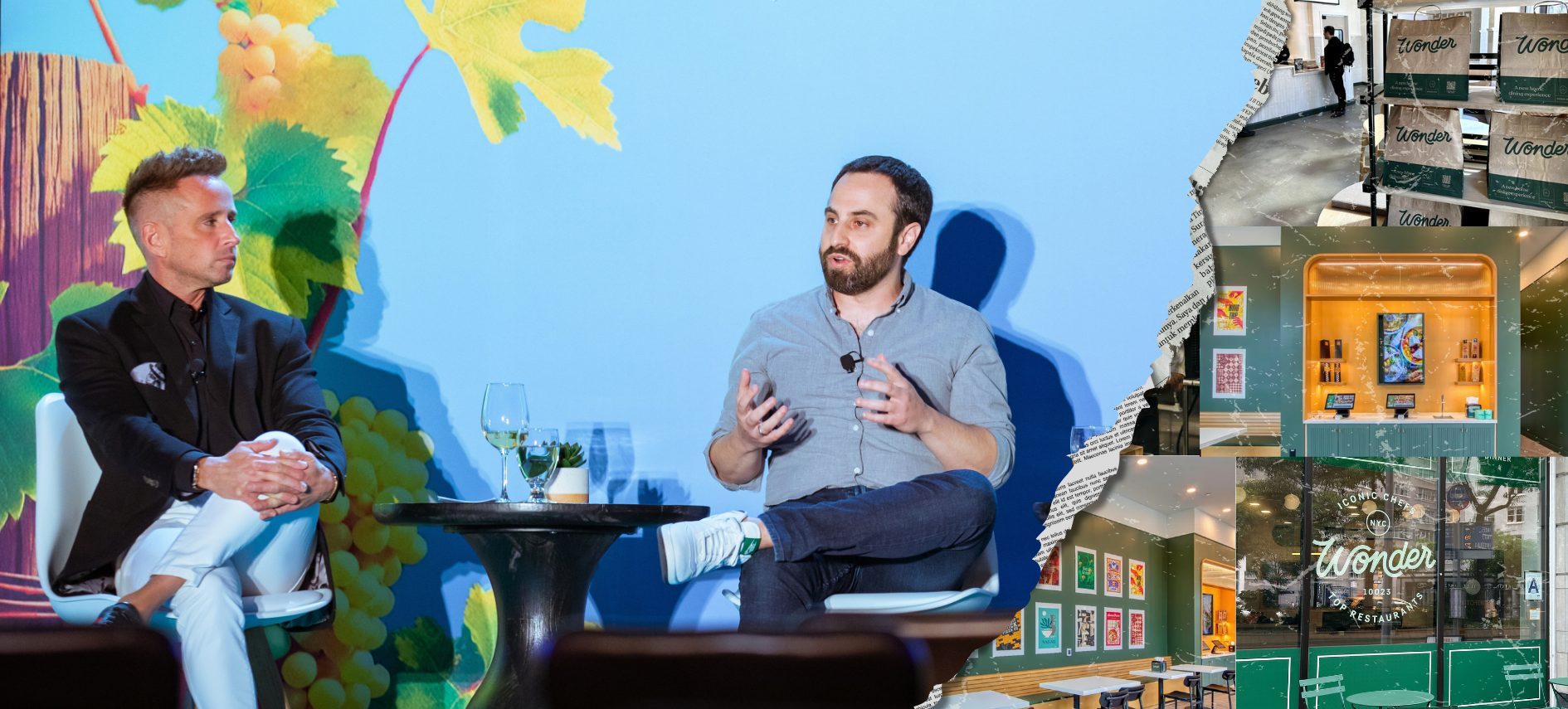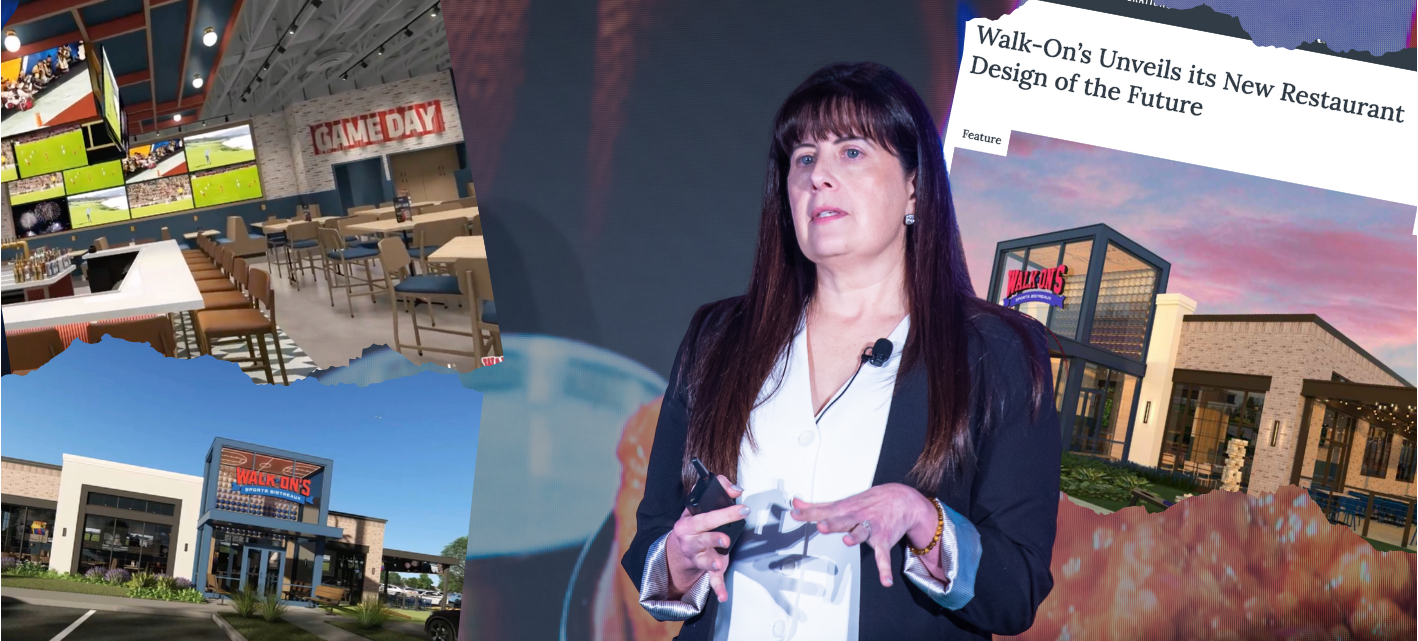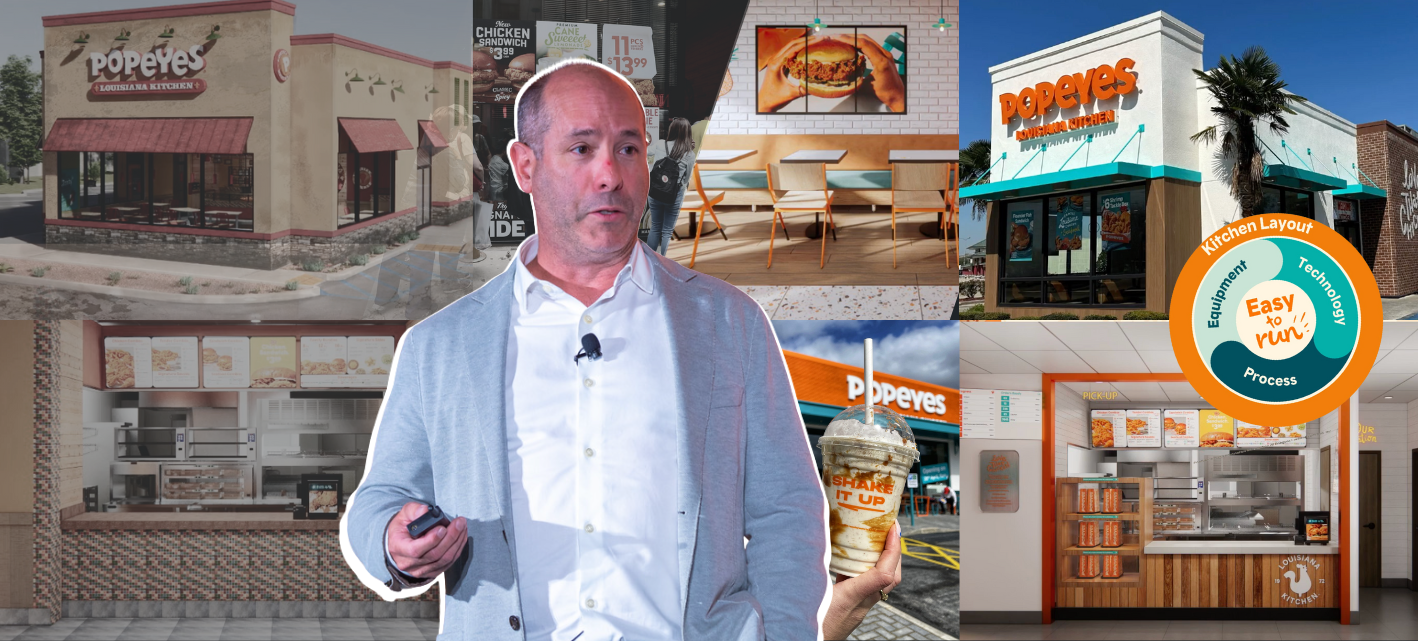The restaurant industry has long been ripe for disruption, but few concepts have approached it with the ambitious scope of Wonder. Speaking at RestaurantSpaces Napa, Wonder's Chief Growth Officer Daniel Shlossman and Head of Operations Jason Rusk revealed how their company is fundamentally rethinking restaurant design, space utilization, and real estate strategy – moving far beyond the consumer-facing story of multiple restaurant brands available in a single order.
The Platform Concept
At its most basic level, Wonder operates as a hybrid digital/physical platform housing up to 30 different restaurant concepts within a single 3,000-square-foot location. But these aren't virtual brands created in a boardroom - they're established restaurants like Made On (Michelin-starred, DC) and Tejas Barbecue (Texas), whose rights Wonder has acquired. While customers can dine in, the business model is primarily focused on delivery, with orders flowing through Wonder's proprietary app.
Reimagining Kitchen Design
What makes Wonder particularly fascinating from a design perspective is their ground-up approach to solving traditional space constraints. Rather than retrofitting existing kitchen designs, Wonder stripped everything back to basics. Each location operates with just three pieces of electric equipment: an oven, water bath, and fryer.
The company invested heavily in engineering custom settings and vessels for these devices to replicate traditional cooking methods. For example, they developed specific oven configurations and custom vessels that can achieve the same sear and temperature control as a traditional grill for Bobby Flay's steaks.
Technology Integration & Space Utilization
The technology infrastructure powering Wonder is seamlessly integrated into the physical space. Unlike most concepts that piece together various third-party solutions, Wonder built their entire stack in-house. The system manages everything from order routing to cooking instructions to delivery logistics. Perhaps most impressively, equipment can be controlled remotely, removing many traditional operational variables. The result? Their "order to eat" metric consistently hits the 20-minute range, even in suburban locations.
Flexible Design Philosophy
Their kitchen layout represents another significant departure from industry norms. Despite offering over 550 menu items, locations operate with approximately 30 staff members. This efficiency is achieved through a flexible design approach where equipment can be moved and reconfigured based on demand patterns. As Rusk noted, "Typically in kitchens, the line never changes. Everything else, the prep room, the front of the house, all those other pieces changes. But for us, you can move equipment around."
A centralized commissary approach influences the design of each location. "We do a lot of supply-demand mapping and planning on a per-store basis," explains Shlossman. "We're really smart about how everything is set up, working out of a single location in New Jersey from a commissary perspective." While prep work is handled centrally, a sophisticated supply-demand mapping system determines storage and preparation space requirements across locations. This allows Wonder to maximize revenue-generating space while minimizing back-of-house requirements.
Real Estate Strategy & Format Innovation
Wonder's real estate strategy reveals an equally thoughtful approach to growth. Their primary format utilizes 3,000-square-foot locations housing 20+ concepts, while they're also testing a smaller 750-square-foot format in three Walmart locations that houses 10 concepts.
Currently operating 37 locations (34 full-service kitchens and three Walmart pilots), Wonder is targeting 90 locations by the end of 2025. This growth is deliberately concentrated in the Northeast, with plans for 10 Manhattan locations to achieve full delivery coverage.
Design Challenges & Considerations
Several aspects of Wonder's model warrant careful consideration from a design perspective. The need to accommodate multiple cuisine types within a single kitchen requires innovative solutions for ventilation, food storage, and preparation areas. The heavy reliance on technology infrastructure demands careful consideration of power requirements and equipment placement. Additionally, the focus on delivery means traditional dining room calculations must be reconsidered.
Future Implications
Looking ahead, Wonder's approach raises intriguing questions about the future of restaurant design. Could this flexible kitchen model become a new standard? How might automated delivery integration influence building requirements? Will the simplified equipment setup influence traditional restaurant design?
For restaurant leaders, Wonder represents more than just another competitor. It's a case study in rethinking fundamental assumptions about restaurant design, space utilization, and technology integration. While it's too early to declare their model a success, their innovations in spatial efficiency and design flexibility offer valuable lessons for an industry in transformation.
As we watch Wonder's ambitious expansion plans unfold, one thing became clear from Shlossman and Rusk's candid discussion: they're not just iterating on existing models - they're attempting to fundamentally reshape how restaurants are designed and built for the digital age. Whether they succeed or not, their approach to solving industry-wide challenges deserves attention from anyone involved in restaurant development and design.
Watch the full discussion below: 👇

Posted by
Chain Restaurants Reimagined.
The Retreat to Reimagine Restaurant Development, Design + Technology.
April 12-14, 2026 | Miami, FL






-3.png)
-4.png)
-3.png)



Comments